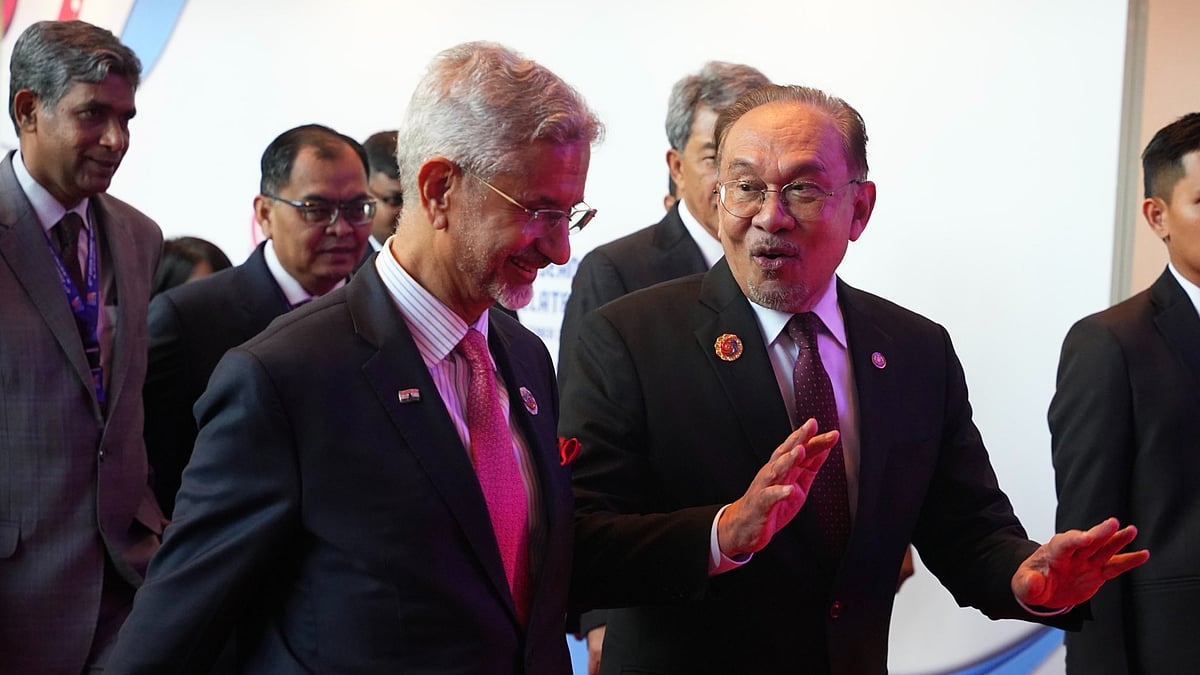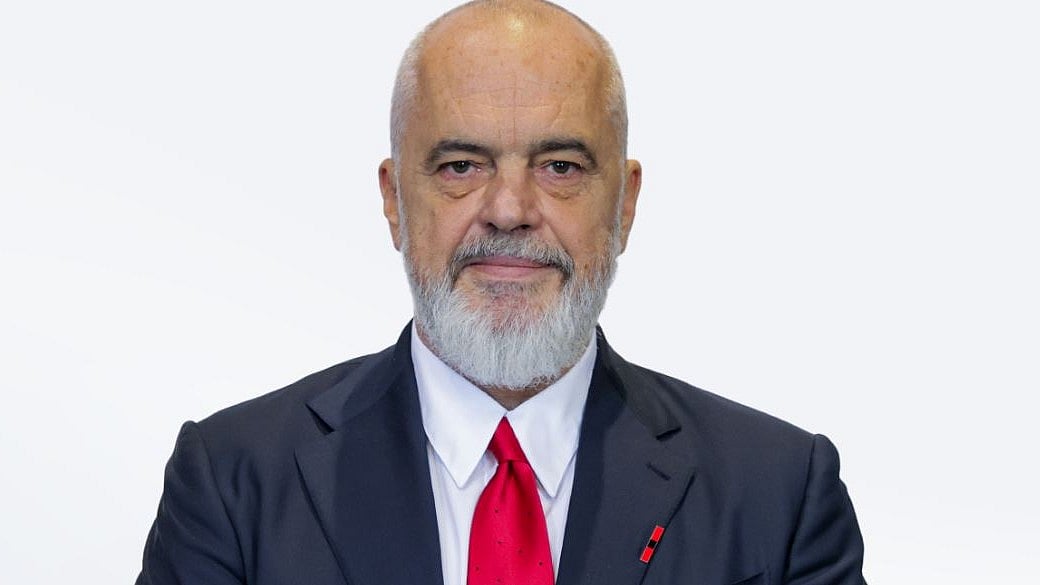Currently there are many number of COVID-19 vaccines under development. Not all COVID-19 vaccines are made in the same way. Vaccines of various pharmaceutical companies are based on different technologies. Front-runner pharmaceutical firms researching potential coronavirus vaccines, use different methods.
As all countries could get all kinds of vaccines that pass the test, here we take a look at the different methods used by front-runner pharmaceutical firms to produce different kinds of vaccines that are going to come out first.
‘mRNA’ method by Pfizer and Moderna:
The vaccine developed by United States’ pharma companies Pfizer and Moderna is based on a technology that uses genetic material called mRNA, or messenger RNA, which tells human cells how to make the spike proteins, that should help trigger our immune system, and thus guarding against infection.
The mRNA method needs genetic sequence of SARS-CoV-2, which Chinese scientists released in January 2020.
Chimp virus adopted by AstraZeneca and University of Oxford:
The vaccine developed by AstraZeneca/Oxford attacks the virus that causes the common cold in chimpanzees. The chimp virus is inactivated/modified so it cannot multiply. When the vaccine is injected, it is loaded up with the gene to penetrate human cells which churn out the spike protein. These are detected by the immune system which produces antibodies that attack the real coronavirus should the person become infected in the future.
Inactivated adenoviral vectors in Russia’s SputnikV:
Russia’s SputnikV vaccine is based on the DNA of a SARS-CoV-2 type adenovirus, a common cold virus.
SputnikV uses viral vectors (vehicles). Viral vectors are genetically engineered organisms. The vector releases an actual gene of interest into the body to produce antibodies, which protect people from the infection.
The virus is rendered harmless by removing the part of the virus responsible for its reproduction.
Individual shots are dispensed three weeks apart. When the first dose is given, the body develops antibodies, and after the second dose, the body is stimulated to enhance its immune response.











